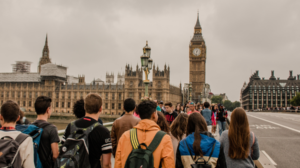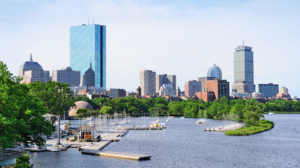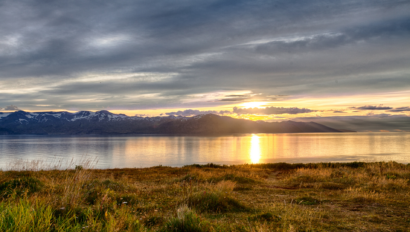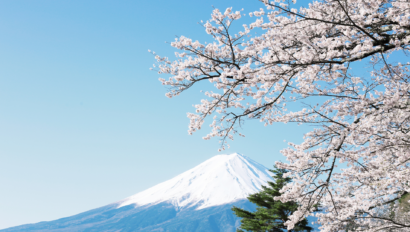Disparagingly or not, you may have heard that the Irish are blessed with the “gift of gab.” That story actually began right in Cork with the famous Blarney stone, in the town of (you guessed it!), Blarney. One legend tells of King Cormac MacCarthy placing the stone there after an encounter with a witch endowed him with the gift of “perfect speech” after he was instructed to pucker up and lay one on said stone. There are other versions of the tale which justify thousands of tourists visiting each year to plant a kiss on the stone. I will not get myself in trouble by commenting on this, but it seems to me that this Irish gift for speech extends to writing as well.
Despite there being fewer than 5 million people in the Republic of Ireland, and less than seven million on the entire island, Irish people have made an outsized contribution to global literature. Of course there is Oscar Wilde, whose likeness dramatically reclines in Dublin’s Merrion Square and whose witticisms remain just as sharp over a century later. With one of his most famous works being called Dubliners, it is no surprise that James Joyce was an Irishman as well. However, even C. S. Lewis was born in Belfast! And to my mild surprise, Bram Stoker, the man who brought Dracula into the imagination of horror fans everywhere, was also a Dublin man. It should now be clearer to you why Dublin has been recognized as a UNESCO City of Literature, one of only 28 in the world. However Irish literary contributions are not limited to Dublin.
Alongside Thomas Moore, Ireland’s national poet is often considered to be William Butler Yeats. He was the first to receive the Nobel Prize for Literature in 1923, but certainly not the last. In the century since, prizes have gone to Irish writers George Bernard Shaw, Samuel Beckett (whose Waiting for Godot I saw wonderfully performed this spring in Cork), and Seamus Heaney. The latter’s most-famous poem “Digging”, you may have even been asked (forced?) to read in high school. His face is perhaps as equally recognizable as his poems, as Heaney has sat for a grand total of 24 portraits which hang in London’s National Portrait Gallery. An ode to Irish literary heavyweights also cannot go without mentioning the beloved bestseller Maeve Binchy. Irish women writers have carved out a place in the canon from Kate O’Brien to Massachusetts-born (!) Mary Lavin.
The Emerald Isle’s veritable literary tradition also includes the immensely long written history of the Irish language. Pangur Bán, the delightful Old Irish poem about a pet cat that I previously learned about from Irish language lessons, and even older works allow Ireland to claim the honor of the oldest written literary language besides Greek and Latin. More modern works include Máirtín Ó Cadhain (click here to hear the pronunciation of his name), an Irish-language novelist, short story writer, and journalist. His acclaimed novel Cré na Cille, only became available in English quite recently after nearly seven decades without translation.
My personal experience with seeking out Irish authors I owe to the Irish Consulate of New England. During a quick visit prior to my leaving for Ireland, a copy of Roddy Doyle’s Barrytown Trilogy was practically thrust into my hands as I went through the door. I was instructed to read it, with the promise that doing so would help me better understand “the Irish sense of humor.” It also has been instructive in Irish racial politics, a glimpse into the Dublin superiority complex, and incredibly rich slang. With my interest whetted, here are a few recommendations for visitors to Ireland interested in literature. Not only in terms of a few books to consider picking it up, but all manner of related sightseeing across the Republic and even the border.
Tourism
- Bolton Library in Cashel – In a historic town known for the Rock of Cashel, one can find an incredible antiquarian library.
- The Book of Kells at Trinity College Library in Dublin – a national treasure and a gorgeous example of medieval illuminated manuscripts. Book tickets in advance!
- C.S. Lewis Trail in Belfast – A self-explanatory and self-paced walk to the important sites in the author’s hometown.
- Chapters Bookstore in Dublin – This establishment holds the title of the largest independent bookstore in Dublin.
- Charlie Byrne’s Bookshop in Galway – Another interesting, overwhelming-in-a-good-way independent bookstore in the City of Tribes.
- Dublin Literary Pub Crawl – Ugly website aside, I am told this is an interesting combination of acting, drinking, and learning. For those into that sort of thing.
- Ó Bhéal Poetry Reading in Cork – A long-running Monday night open mic series for original poetry whose name comes for the Irish for “by word of mouth.”
- O’Mahony’s Booksellers in Limerick – this city is the setting of tragic classic, Angela’s Ashes, and home to one of Ireland’s largest independent bookstores
- Oscar Wilde House in Dublin – Just across from famous statue is the childhood home of Oscar Wilde, maintained and run by the American College of Dublin.
- Sweny’s Chemist in Dublin – Noted in James Joyce’s “Ulysses”, this shop now sells books and host regular readings of Joyce’s works. This is just one part of various Joyce-themed tours.
- West Cork Literary Festival in Bantry – for those in the area in July, be sure not to miss this week of festivities dedicated to written craft of Irish and international authors.
If you still have any energy after that, or want a hint of an Irish experience without leaving home, here are a few reading lists to check out as well:










